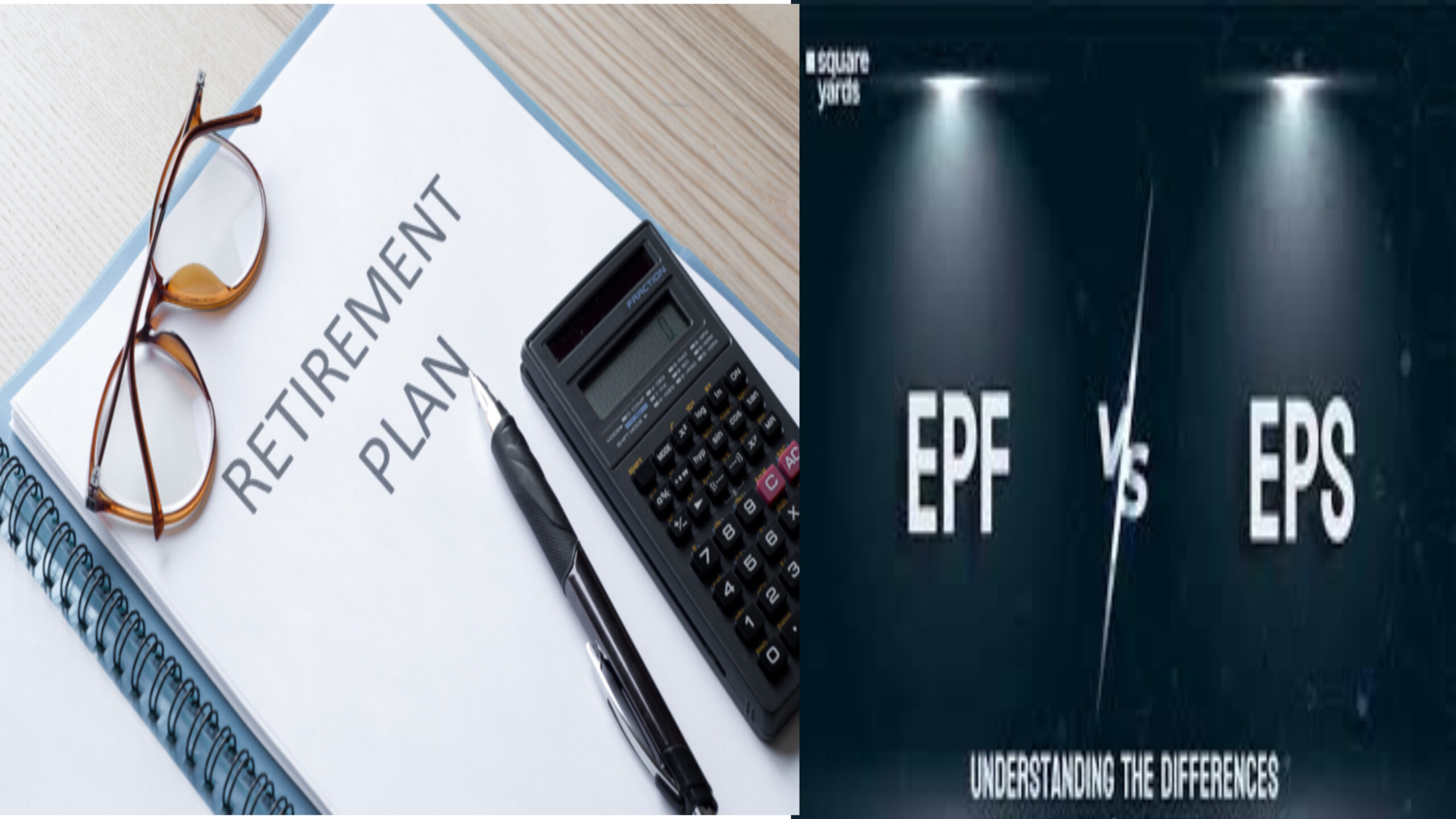The Employees’ Provident Fund (EPF) and Employee Pension Scheme (EPS) are pivotal components of India’s retirement planning landscape. Both schemes play crucial roles in providing financial security to employees during their post-retirement years. Let’s delve deeper into the differences between EPF and EPS, understanding their structures, contributions, withdrawal regulations, and tax implications.
Employees’ Provident Fund (EPF):
The EPF is a cornerstone of social security in India, designed to foster financial stability for employees in their retirement. This savings scheme operates through monthly contributions from both employees and employers, creating a substantial corpus over the years.
- Contribution to the Scheme:
- Employees contribute 12% of their salary along with dearness allowance to the EPF.
- Employers contribute 3.67% of the salary plus dearness allowance to the EPF.
- Contribution Limit:
- The EPF does not have a fixed ceiling; instead, the limit is a percentage of the salary plus dearness allowance.
- Applicability:
- The EPF is accessible to all employees, irrespective of their salary levels.
- Withdrawal from the Account:
- Employees can withdraw from the EPF scheme at any time.
- Withdrawn amounts are subject to taxation if withdrawn before completing 5 years of service.
- Unemployment for an uninterrupted period of 60 days allows the withdrawal of the entire EPF balance.
- Benefit Payable:
- Lump-sum benefits become payable after retirement upon reaching the age of 58 or during uninterrupted unemployment for 60 days.
- Interest:
- The balance in the EPF account earns interest at a fixed rate, reviewed quarterly by the Government.
- Tax Benefit:
- EPF investments, returns, and redeemed amounts are fully exempt from taxes.
Employee Pension Scheme (EPS):
The EPS is an integral part of the EPF, specifically focusing on pension benefits to employees who qualify.
- Contribution to the Scheme:
- Employees do not contribute to the EPS; it is solely funded by the employer.
- The employer’s contribution to EPF includes 8.33% of the salary plus dearness allowance allocated to the EPS.
- Contribution Limit:
- The monthly contribution to EPS is capped at Rs. 1250.
- Applicability:
- EPS is available exclusively to employees whose salary plus dearness allowance falls below Rs. 15,000.
- Withdrawal from the Account:
- Lump-sum withdrawal is permissible if the member has completed less than 10 years of service or has reached 58 years of age, whichever occurs earlier.
- Benefit Payable:
- Regular pension becomes payable when the employee attains the age of 58.
- In case of the employee’s demise, the pension continues to be disbursed to the nominee.
- Interest:
- The EPS account does not accrue any interest.
- Tax Benefit:
- Employees do not make contributions to EPS and are not eligible for tax benefits on their investments.
- Lump-sum withdrawals from the EPS scheme are taxable, and the pension received under the scheme is also subject to taxation.
The Bottom Line:
EPF and EPS complement each other, creating a comprehensive approach to secure an employee’s financial future. While EPF ensures a lump sum amount, EPS focuses on providing a regular pension. The combination of both schemes offers a robust financial safety net, emphasizing the importance of strategic retirement planning for the workforce in India.
In essence, the synergy between the Employees’ Provident Fund (EPF) and the Employee Pension Scheme (EPS) paints a holistic picture of retirement planning in India. EPF, with its flexible contributions and tax benefits, provides a lump sum that acts as a financial cushion, while EPS, tailored for pension benefits, assures a steady income stream during the retired phase. The differences in contribution limits, eligibility criteria, withdrawal regulations, and tax advantages cater to diverse employment scenarios, recognizing the unique needs of the workforce.
This dual-scheme approach encourages employees to consider the long-term implications of their financial decisions. By understanding the intricacies of both EPF and EPS, individuals can make informed choices that align with their retirement goals, fostering a sense of financial security and well-being in the later stages of life.

